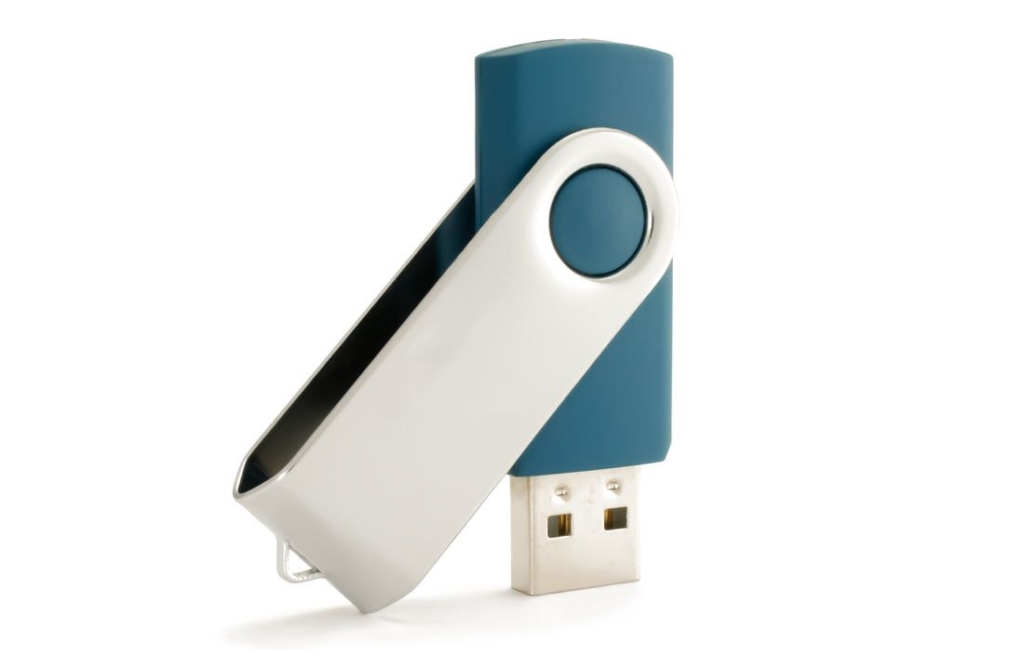
In the ever-evolving landscape of technology, few devices have made such a significant impact on our daily lives as the USB drive. From its humble beginnings to its current state of sleek, portable efficiency, the USB drive has undergone a remarkable transformation over the years.
The Birth of Convenience: Early Days (2000s)
The first USB drives, introduced in the early 2000s, were a revelation compared to the bulky floppy disks and CDs that were commonly used for data storage. These early USB drives, often referred to as “thumb drives” due to their small size, had a storage capacity measured in megabytes. They quickly gained popularity for their convenience, allowing users to carry important files, photos, and documents in their pockets.
Rapid Growth: Mid-2000s to Late 2000s
As technology advanced, USB drives started to pack more storage capacity into their tiny frames. Capacities increased from mere megabytes to gigabytes, revolutionizing how we stored and transported data. These drives became essential tools for students, professionals, and casual users alike. The introduction of USB 2.0 in the mid-2000s significantly improved data transfer speeds, making file sharing faster and more efficient.
The Era of Miniaturization: Early 2010s
The early 2010s marked a turning point in the design of USB drives. Smaller form factors emerged, such as the micro USB drives, which offered substantial storage in an ultra-compact package. Meanwhile, USB 3.0 was introduced, bringing with it lightning-fast data transfer speeds and improved power efficiency. This technology opened the door to high-definition video transfers and complex software installations directly from USB drives.
From Storage to Versatility: Mid-2010s
USB drives began to transform beyond mere data storage devices. Manufacturers integrated additional features, such as fingerprint recognition for enhanced security, and wireless connectivity to enable easy sharing with multiple devices. Some drives even doubled as portable media players, blurring the lines between storage and entertainment.
Today and Beyond: Present and Future
In the present day, USB drives continue to adapt to the changing needs of users. USB-C, a reversible and versatile connector, has gained prominence, allowing for faster data transfer and universal compatibility across devices. With storage capacities now measured in terabytes, USB drives have become the go-to solution for backing up important files, carrying extensive media libraries, and even running entire operating systems.
The future holds even more exciting possibilities for USB drives. With the rise of cloud storage and wireless technologies, USB drives may evolve to seamlessly integrate with these systems, enabling a new level of convenience and accessibility. Additionally, as concerns about data security grow, we can expect USB drives to incorporate even more robust encryption and authentication mechanisms.
In retrospect, the journey of USB drives from their modest beginnings to their current status as versatile, high-capacity data companions is a testament to the relentless pursuit of innovation in the tech world. As we celebrate the progress made so far, we eagerly anticipate the next chapters in the remarkable story of USB drives.

